Hello;
Ben away for a bit but back at it again. I purchased a (crappy/cheap) serpentine kit for my 57 chevy. Included was a bright new alternator which came with the wrong pulley (v Belt) but supplied in the kit was a serpentine pulley. When I went to the alternator shop (yeah I got one near my house) the guy changed my pulley but said that the alternator was "nothing coming close" to 135 amps! (advertised output of the alternator) Of course the shop told me they could make it the right output amps for about $150!!
So now I am in quest of how I can test this alternator to see just what it is putting out.
I have an old Craftsman Digital but don't know how to set it to measure amps!. (or should I just pull the darn thing and take it to a parts store for testing?
If someone knows just how to do this I would appreciate any helpful suggestions!
Bruce
youll need a MULTI METER and certainly having an amp meter is useful
you don,t know if the guys B.S. ing you too get the job and make some cash or your
getting good advice ???
having a few meters to test with and a knowledge of how to test certainly helps
doing some research, into testing certainly would be helpful
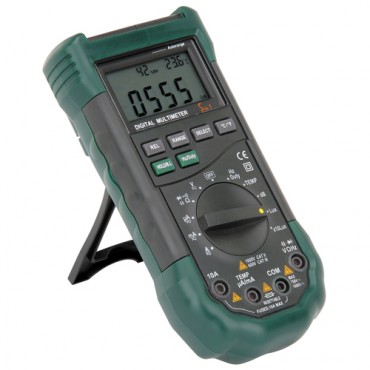
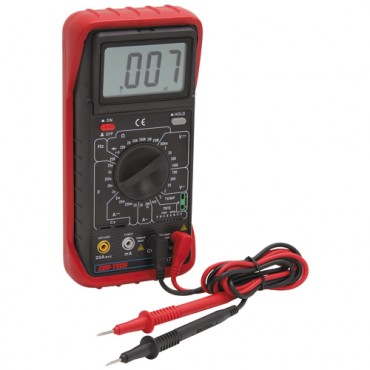
http://www.harborfreight.com/5-in-1-dig ... 98674.html
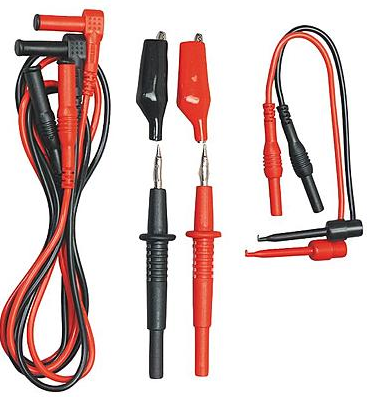
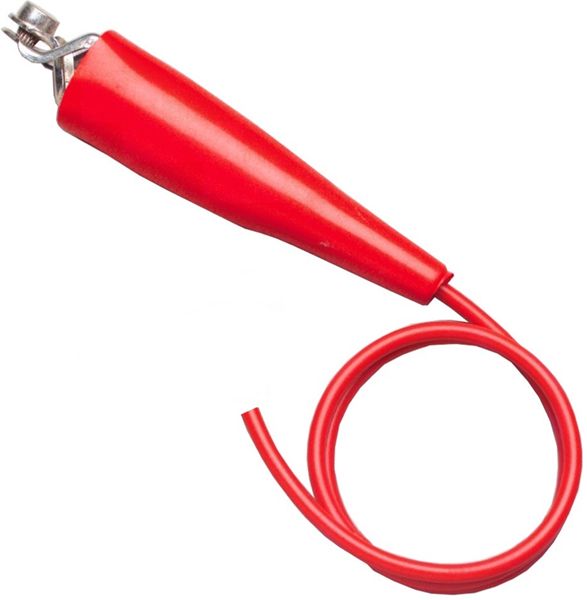

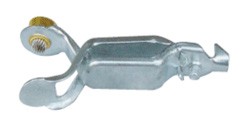

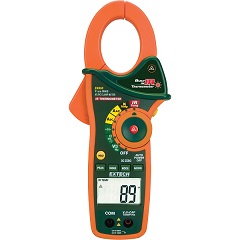
https://www.northerntool.com/shop/tools/product_200319015_200319015?utm_source=CSE&utm_medium=Shopzilla&utm_campaign=Construction > Thermometers&utm_content=163917&szredirectid=15617344209854040872810090302008005
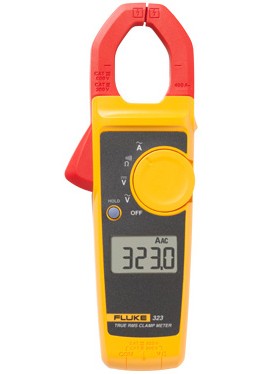
https://www.fluke-direct.com/product/fluke-323-true-rms-clamp-meter
http://garage.grumpysperformance.co...e-wire-alternator-no-output.14514/#post-76095
http://garage.grumpysperformance.com/index.php?threads/battery-or-alternator.10003/#post-38749
http://garage.grumpysperformance.co...rical-glitches-in-newer-cars.5492/#post-50908
http://garage.grumpysperformance.com/index.php?threads/testing-an-alternator.3222/#post-8575
https://www.wikihow.com/Check-an-Alternator
https://www.2carpros.com/articles/how-to-check-a-car-alternator
https://www.howacarworks.com/electrical-systems/testing-an-alternator-and-checking-output
Last edited:

